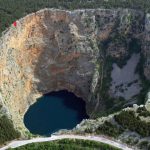Croatia got its 8th UNESCO World Heritage Site ealier this month. TCN’s Filipa Marusic takes a closer look at the phenomenon of Stećci.
At the recent session of UNESCO’s World Heritage Committee, on 15th July 2016, Stećci – medieval tombstones graveyards in Croatia, Bosnia and Herzegovina, Montenegro and Serbia – were listed on the UNESCO World Heritage List. This enrolment features 28 sites with regionally distinctive medieval tombstones. Stećci being part of the World Heritage List and the nomination itself presents the result of continuous professional cooperation and effort towards preserving heritage in this area. The initiative to list this unique heritage was launched in 2009. by Bosnia and Herzegovina and was accepted by Croatia, Serbia and Montenegro.
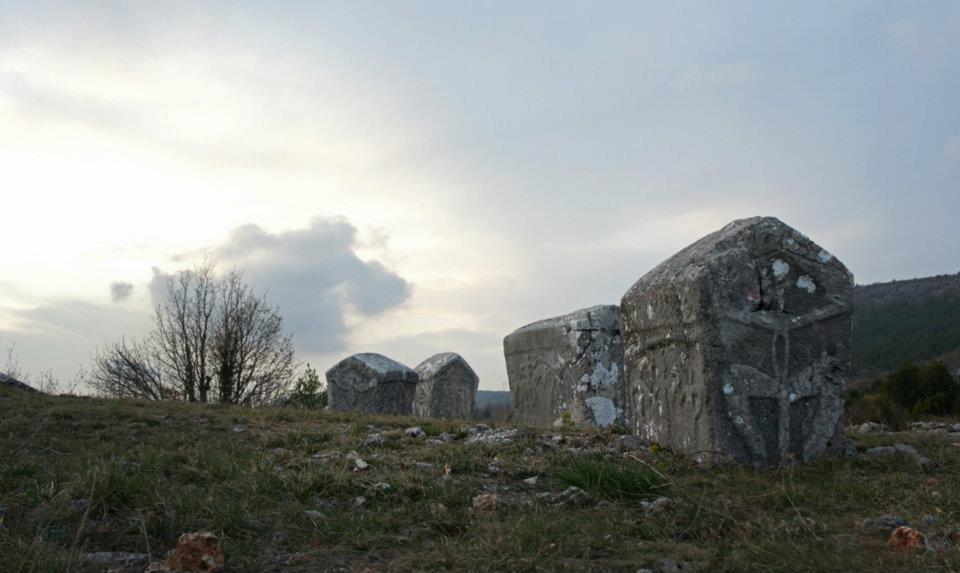
The Croatian locations are Crljivica near Imotski (municipality Cista Provo) and Dubravka – St. Barbara in Konavle and they represent the best preserved sites of their kind in Croatia.
To understand the value of this UNESCO decision and to have a better insight into the eighth UNESCO World Heritage Site in Croatia, we will present a short history of these specific tombstones.
The origin of stećci tombstones dates back to the twelfth century and they were commonly used until the sixteenth century. Made from local limestone, stećci are typical for Dalmatia, Bosnia and Herzegovina, Montenegro, western Serbia and Kosovo and cannot be found anywhere but in this area. International equivalents could be Khachkar in Armenia or the Celtic cross in Ireland, but they aren’t quite the same. Stećci were cut from large blocks of limestone and then designed and decorated in different shapes and with various decorative motifs and inscriptions inspired by religion and and everyday life connected to local traditions. Even though often used religious motifs, stećci were widespread as a common tradition in the region among the local people no matter their ethnicity or religion. The origin of Stećci was and still is debated – one widely accepted theory says they are originally tombs used by nomadic, Illyrian Vlachs but the fact is they were used by different nations and religions who lived in the area. Considering their importance in lives of people in Middle Ages, its features, ornaments, symbols, signs, inscriptions and distribution, they truly present unique cultural heritage for this region. For the well preserved state of stećci the main reason is the superstition of locals – there was a belief that crops and the fields would be destroyed if someone touched them.
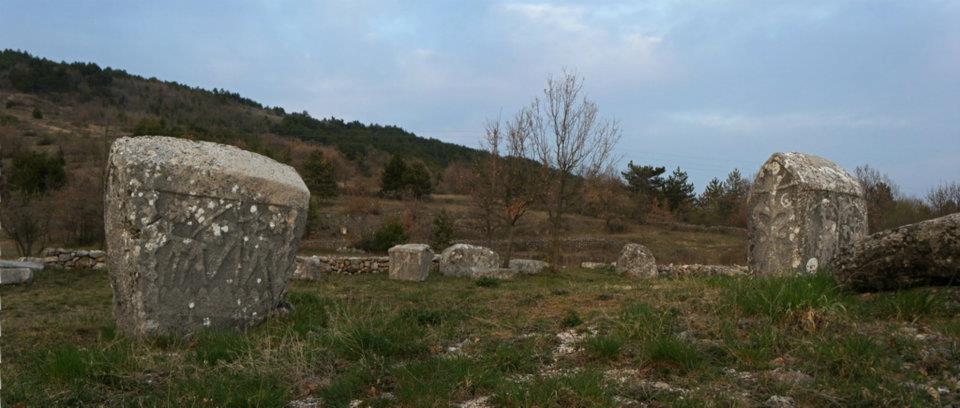
We asked the Head of Conservation Department in Imotski who was one of the people working on the stećci enrolment project, Ivan Alduk, to give us his thoughts on this important UNESCO decision for Croatia and region of Imotski and Konavli.
When asked how long did the process of preparation for enrolment of stećci tombstones in Croatia lasted and what were prerequisites that were required, he informed us that the idea came during the organizing exhibitions “Stećci” in Klovićevi dvori in Zagreb in 2008. The process itself, in cooperation with other countries (Bosnia and Herzegovina, Montenegro, Serbia) started in 2009. with Croatia being represented by the Ministry of Culture.
Alduk said: „The whole process lasted for seven years. The first precondition was to come to an agreement between the countries and then meet the UNESCO criteria as well as those administrative and professional ones.
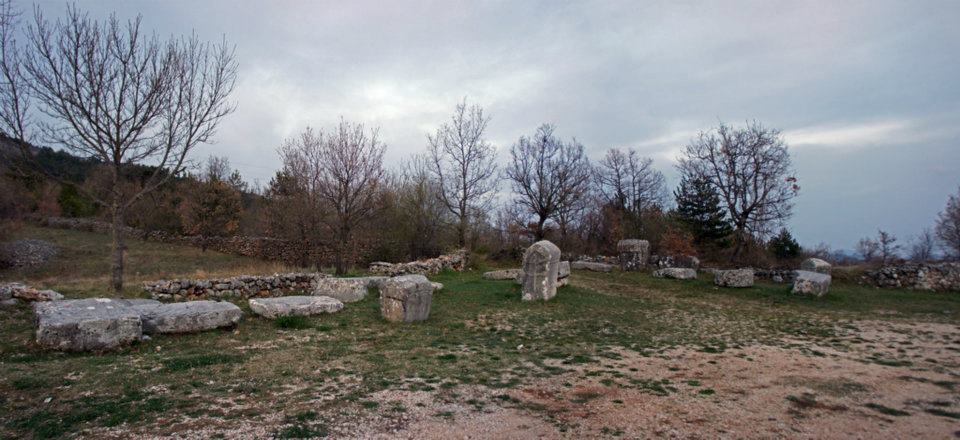
Finally, we got listed based on the criteria III. and VI. The criteria III. required a proof stećci tombstones are a remarkable trail of culture and civilization that no longer exists and that during the Middle Ages was developed in the areas of different countries from southern Croatia to the western part of Serbia and Montenegro. Criteria VI. was particularly interesting because we needed to concentrate on the “intangible” heritage of stećak or all of the traditions, legends and beliefs that were developed around the stećak and are still widespread.“
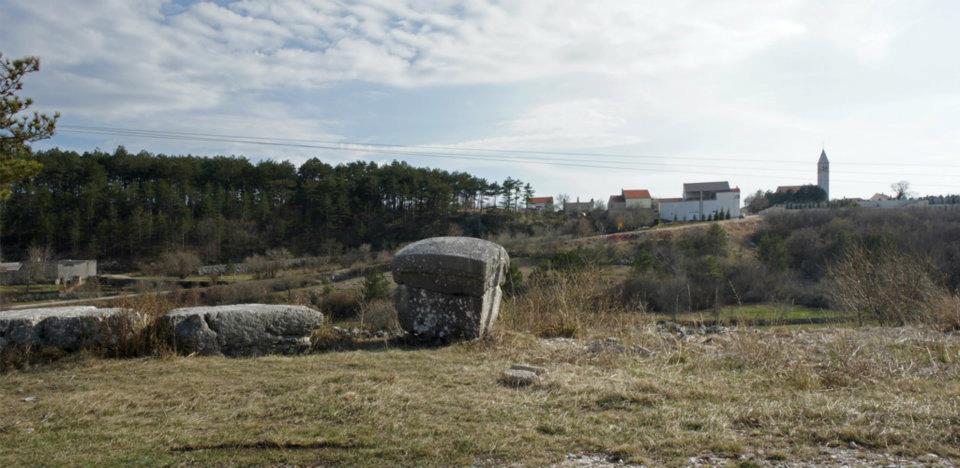
Alduk explained that each of the sites carries one or more parts of which contributes to the so-called. OUV (Outstanding universal value) – a universal value – and through which it is possible to understand the phenomenon of stećak. The two Croatian sites carry their regional specificity in the design and decoration of tombstones and locations on which they are found present previously important medieval roads. Stećci tombstones in Croatia can help with understanding and exploring the different influences coming from the coastal Dalmatia and Dalmatian inland. Importance of stećak as a cultural heritage in Croatia needs to be observed as specific part of Croatian cultural heritage of the Middle Ages and tombstones found in Croatia are one of the most valuable ones. At the same time, stećci tombstones have great potential in terms of cultural tourism. Especially now, after becoming the eighth Croatian UNESCO World Heritage Site, concluded Alduk.
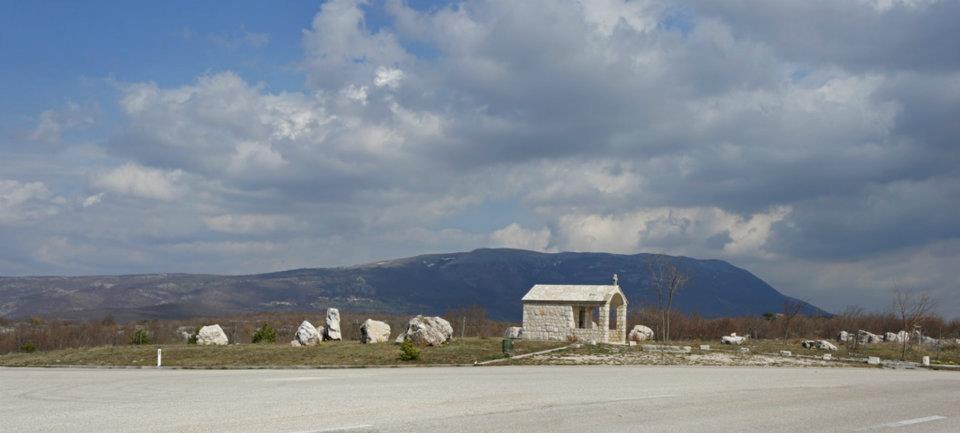
We also asked Alduk what he thinks about potential benefits for Imotski and Cista Provo region after this important UNESCO decision, and he told us:
“There is definitely a potential for development of the Crljivica site and Imotski region as centres for cultural tourism after this important UNESCO listing. Imotski and Konavle, as a „homeland“ of the stećci tombstones definitely deserve this kind of recognition as these regions are very often forgotten and neglected. This UNSECO decision could be a trigger for development of tourism linked to the other cultural and natural heritage in the area as well as other economic activities (primarily agriculture). At the moment, there is a large number of tourists who travel just to visit UNESCO’s monuments and sites. For us to attract only a small percent of potential tourists would be great. And here we are ready for this because we already have excellent cooperation with local authorities in making a draft for a specific visitor centre. However, this will still remain a small secret. Something similar is happening in Konavle where there is a possibility of mutual promotion of stećci and the nearby medieval fortress Sokol.
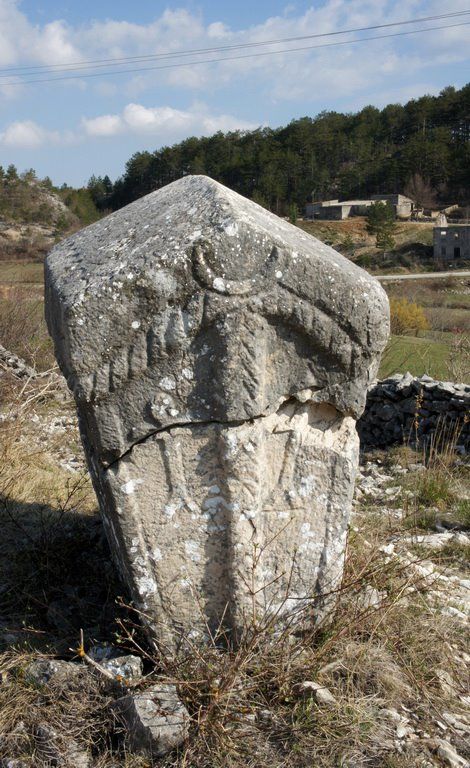
Finally, Alduk told us he is quite tired but very satisfied with the UNSECO decision but there is more work to come. Having stećci tombstones as the eighth World Heritage Site is a good starting point for numerous projects and potential opportunities.
Source: UNESCO
Photo Credit: Nikša Smoje
https://www.youtube.com/watch?v=sXpbcWuLQKE

